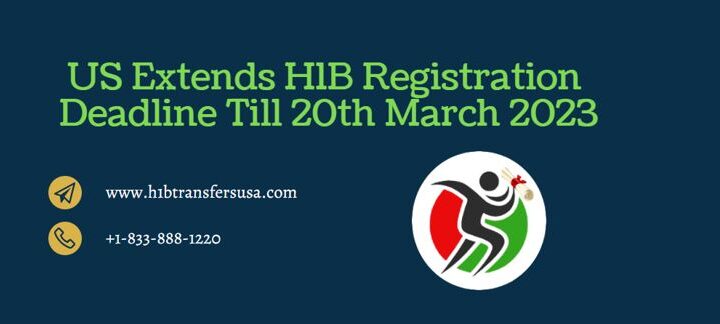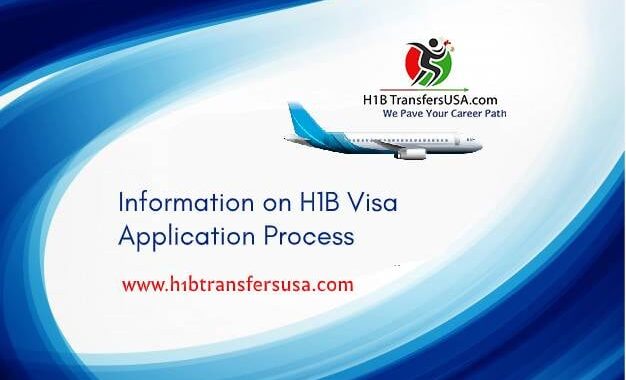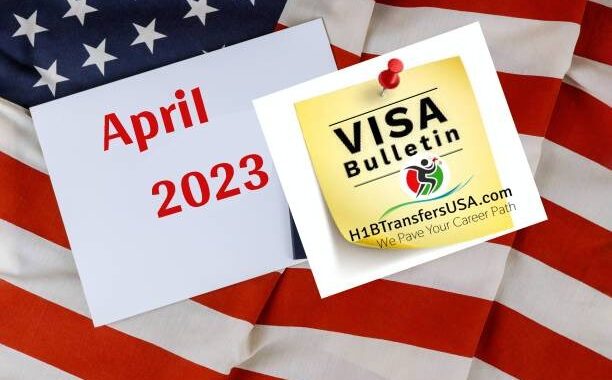Is the H-1B Visa a Viable Option for F-1 Students and Their Employers Anymore?
3 min read
An accounting firm recruits a new graduate with a Bachelor of Science in Accounting degree from a local university for its audit team. This new graduate is a foreign student using the one-year Optional Practical Training (“OPT”) Employment Authorization offered to all F-1 students upon graduation. The new employee is bright, articulate, and fits into the firm’s culture well.
Looking to hold the services of this employee beyond the one year of OPT employment authorization. The employer’s human resources team consults with immigration counsel. The usual prescription for this sort of case is an H-1B visa. It’s employment authorized visa that is valid for as long as six years and makes a decent bridge to an employment-based permanent residency petition. However, because of recent changes in the allocation of new H-1B visas, this visa may no longer be a viable option.
Federal law limits the number of new H-1B visas given every year to 85,000 and demand for this visa usually far outstrips supply. To add balance, the United States Citizenship and Immigration Service (“USCIS“) conducts a random selection or lottery for these visas. Because of ongoing changes in the selection process, the odds of n employer getting an H-1 visa for an employee plummeted from 70% in 2008 (the first year of the H-1B lottery to roughly one in four or 23%.
H-1B Visa a Viable Option for F-1 Students
In 2020, USCIS transitioned the H-1 allocation system from a paper-based application process. That required an employer to submit a fully approvable petition and payment of thousands of dollars in filing fees. To a minimalist online entry with a filing fee of $10.00. While H-1B allocation regulations forbid an employer from entering an individual more than once. These regulations do not forbid an individual from submitting numerous entries from various employers.
Because the cost of entry is currently so low, foreign nationals in high-demand occupations. For example, information technology uses different employers to submit their names into the H-1B selection system multiple times. This year, USCIS got 483,927 applications for H-1B visas from employers a 57% increase from last year. Anticipating that individuals might be chosen by the H-1B selection system more than once. This year USCIS selected 127,600 entries to get 85,000 H-1B visas.
[Students who refused US visas the first time are unlikely to get a second interview slot this year]
The practice of allowing various employers to submit the same individual into the selection system. Puts people who have but one employer and one entry in the H-1 lottery at an ever-increasing disadvantage. Unless Congress or USCIS addresses this imbalance and changes the allocation system to remove people who use various employers to enter the H-1 selection system more than once, this problem will continue unabated.
While the cost to enter the H-1 lottery is low enough for an employer to consider submitting an entry. Employers that wish to retain F-1 OPT students beyond the one year of employment authorization. Given from their school should not rely on receiving an H-1B visa. Employers and foreign national students should consult with their counsel early in the process. To explore and evaluate options beyond the H-1B visa and make a plan.






